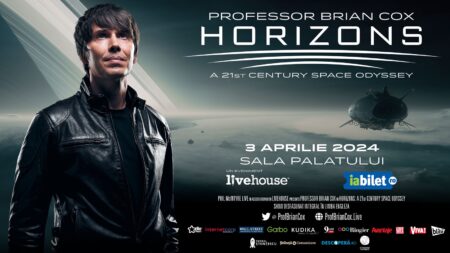Spuneam here (language: Romanian) and here (language: Romanian) that when presenting a scientific topic, there can be several structures of the presentation so that the topic is clearly presented, easier to understand and more related to the experience of those listening. The first one we talked about was "The Solution" - a type of presentation that moves from stating a problem to how it was solved through a scientific project/concept.
 The second type of science presentation is "Hourglass".
The second type of science presentation is "Hourglass".
When a presentation is structured in this way, usually the subject of the presentation is a niche, scientifically specific concept. But for that concept to be relevant and concrete in the minds of a general audience, the presentation starts with a broader concept, preferably related to the everyday life of the audience. Then, once the audience's attention has been captured in this way, move on to present that niche aspect of science, the real subject of the presentation. The end of the presentation then needs a further generalisation - generally a new perspective is given, a contextualisation, a broader look, so that the audience again feels the relevance to their own life/person.
Without being a rule, such a structure spends approximately: 20% in introducing the general concept; 60% in introducing the topic; 20% in putting it into perspective at the end.
What would this look like in practice?
Subject presentation is a specific type of neuron, known as 'mirror neurons'.
Overview of a concept (the brain): We've got a pint of meat here, about a pound and a half, that you can hold in one hand. But this piece of meat can contemplate the vastness of interstellar space. It can contemplate the meaning of infinity, can ask questions about the meaning of their own existence and about the meaning of God.
Moving on to the specific subject (neurons): A discovery that was recently made by researchers in Parma, Italy, by Giacomo Rizzalotti and his colleagues, is a group of neurons called mirror neurons which is at the front of the brain in the frontal lobes.
Generalization number two - providing perspective (the man): For a very long time people have looked at the real science and human ones distinctly. C.P. Snow spoke of two cultures: the exact sciences on the one hand, the human sciences on the other, the two will never meet. I say that the mirror neuron system is the basis of an interface, allowing us to think again about issues such as consciousness, representation of the self, that separates us from other human beings, that allows us to empathize with other human beings, and even things like the emergence of culture and civilization, that are unique to human beings. Thank you.





